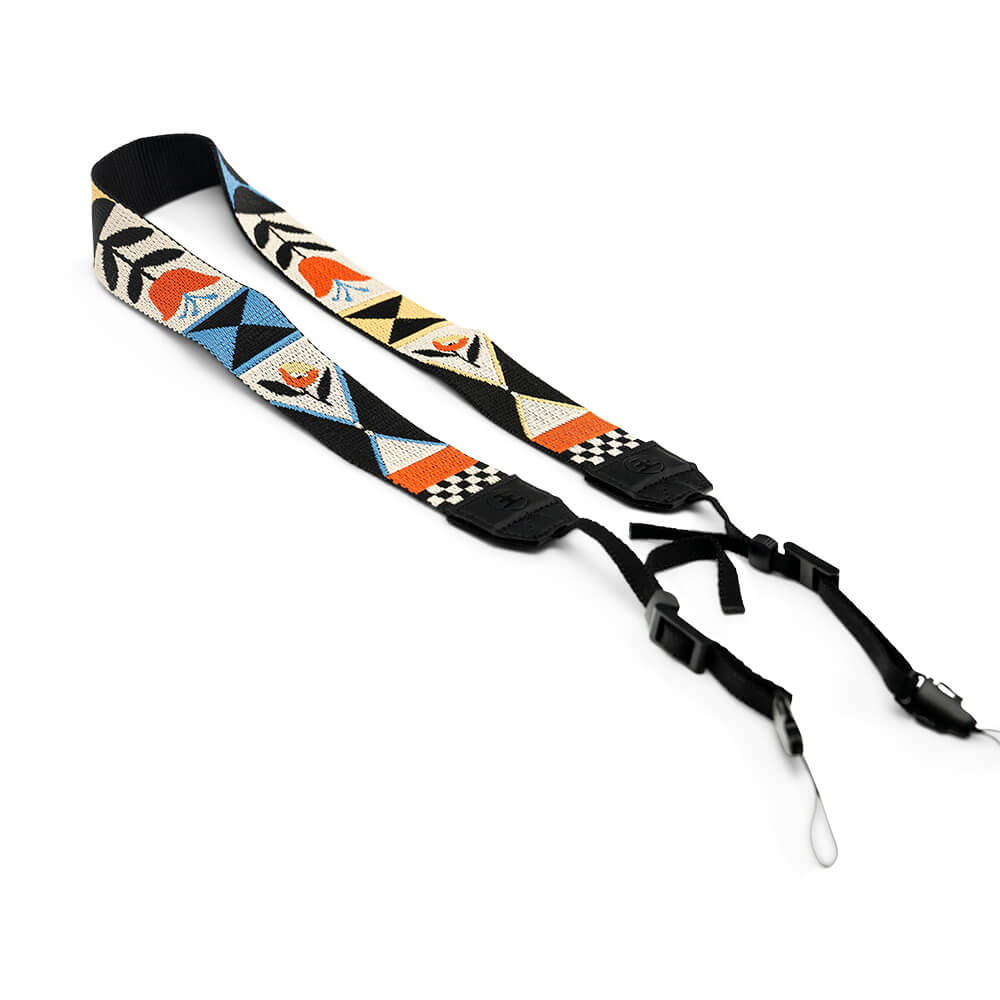Imagine what California would have looked like before the arrival of settlers. Think of this land — a place where Native Americans and grizzly bears lived side-by-side. Only a few hundred years ago, this was the case. Scientists estimate that in the 1700s, California was home to about 10,000 grizzlies.
Native American cultures viewed the grizzly bear as a powerful spirit, representative of strength. The bears were often hunted and used for food, clothing, and jewelry.
It was believed by the Natives that grizzly bear claws held spiritual powers. The claws were used for creating necklaces which were worn to symbolize protection and good health. These necklaces were only gifted, never traded.
Fast forward to today — the grizzly population in California is non-existent. You can probably assume how that came to be. As history has told us, humans do not mix well with giant predatorial mammals.
Although the massive mammal can no longer be found in California, their cousins occupy other lands. Today, grizzly bears thrive best in more remote regions in the north, including Alaska, Canada, and Washington.
Despite its challenges with humans, the California grizzly bear has always been highly regarded and admired. After all, it is the grizzly that graces the center of California’s flag.

Habitat
Before swarms of settlers migrated to what is now California, grizzly bears were the rulers of this land. California was vast, full of expansive forests, open meadows, and coastlines — all of the grizzlies’ food and shelter needs were met.
Due to California’s moderate climate and year-round food supply, hibernation was not necessary for the bear. Instead, it would travel and adapt its diet to the changing seasons. For shelter, they dug large dens, usually in a hill or the base of a tree.

Diet
California grizzly bears were omnivores. What they ate depended on the season and the available foods. They enjoyed anything from berries, nuts, and seeds — to elk, dear, and fish. Even the occasional beached whale carcass made a fine meal.

Features
California grizzlies were a subspecies of the brown bear. One characteristic that differentiated them from the browns was the golden tips of their hair.
This particular grizzly bear could also outgrow its relatives. Without periods of hibernation, the bear could continuously feed and fuel its body, allowing it to grow to its full potential.
Typical grizzlies stand between 5-8 ft, weighing about 800 lbs on average (females are a bit smaller). However, California grizzlies could easily weigh over 1,000 lbs. The largest bear ever recorded in California weighed an unimaginable 2,200 lbs!
You may have also noticed that all grizzlies bear — pun not intended — a large hump on top of their shoulders. This hump is actually a massive muscle that gives the bears their incredible digging abilities.
In addition, California grizzlies were equipped with razor-sharp claws that could measure up to 4 inches long. This not only assisted in digging for shelter but also in foraging for food.
Their ears were short and round; they provided the animal with an acute sense of hearing. But it was the grizzly’s proficient sense of smell that allowed it to detect food from up to 20 miles away.

Behavior
California grizzly bears were intelligent and full of curiosity — following in any direction their noses led them. Even if that meant trouble. With their excellent memory, they could recall and navigate back to food sources.
On top of this, these bears were incredibly fierce and territorial. So much so, that Naturalist George Ord classified this bear in 1815 as Ursus horribilis — or, terrifying bear.
For the most part, these grizzlies were solitary, except for breeding and parenting. Evidence also suggests that the bears formed groups in areas especially abundant with food.
Females could have between 1-4 cubs at a time. The momma bear would look after her young for about 2-3 years. During this time, she would refrain from mating. On average, the California grizzly bear could live between 20-30 years old in the wild.

Extinction
During the early 1800s, New Spain began extending into what is current-day California. Along with these settlers came herds of cattle and other livestock. The livestock became an easy meal for a wild grizzly, which of course, aggravated the rancheros.
In response, the rancheros began hunting grizzly bears — or capturing and placing them in public fights against bulls. This cruel bloodsport became routine for the settlers and took place Sunday afternoons after church.
By 1848, it had been 75 years since gold was discovered in California. And almost every grizzly bear had been hunted down. In 1922, the last confirmed California grizzly bear was shot and killed in Tulare County.
A farmer named Cornelius Johnson claimed to have spotted a grizzly in 1924 at the Sequoia National park. This became the last known California grizzly.
What lived on was both fear and reverence for the animal’s size, strength, and beauty. For years already, the bear had been used as a moniker. This dates back to the Bear Flag Revolt — when California became independent from Mexico.
Finally, in 1953, the California grizzly bear was declared the official state animal.
In 2015, the Center for Biological diversity proposed the reintroduction of California grizzlies by using DNA extractions. This poses an ethical question — plus, California’s landscapes have evolved significantly since the grizzly called it home. The reintroduction of a top predator could have a detrimental effect on today’s ecosystems.
So, for now, we can just respectfully admire the bears’ smaller cousins in other regions.



